Exclusive interview: Apple’s Phil Schiller on how the iPhone X 'seemed impossible at the start'
Plus HomePod delay latest, Face ID, AirPods, iMac Pro and much more

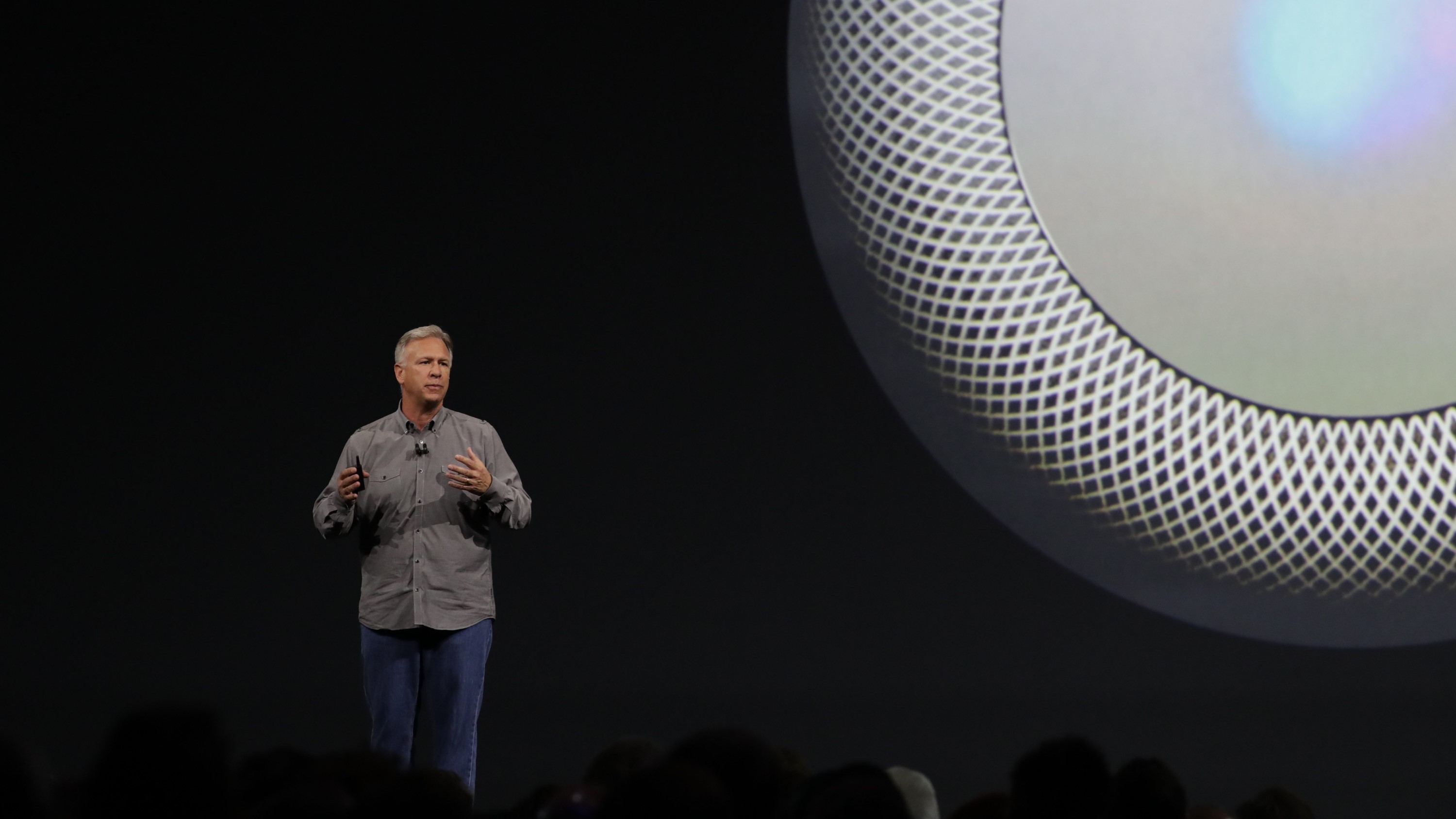
Going to interview tech company executives is somewhat of a double-edged sword. On one hand, you can expect them to be right on message. On the other, you can expect some insights that those further down the chain would feel beyond their station.
And so when I was invited to meet Phil Schiller, Apple’s senior vice president of worldwide marketing, I went to the London apartment where our meeting was due to take place with some excitement about our discussion, which spanned some 40 minutes and a whole host of topics. Among other things, we asked about the new iMac Pro, Apple’s move into AR, the delay to HomePod and the process to get to iPhone X.
It’s on that latter topic that we begin. “It’s probably the boldest of the things we’ve done – thinking back to the start when the teams started working on [the device] and made proposals of some of the things we would ultimately do with the technology.
“At the time, at the beginning, it seemed almost impossible. Not just almost. It seemed impossible. And to pull off what feels impossible and make it possible – and not only that, but just something we love using – is just a great achievement.
“Clearly there was a point in the process where we had to commit to the fact that it would be a full top-to-bottom screen on the front with no home button, which means you’re counting on Face ID working as we’d hope, and being as good.
“That’s an exciting moment, when you have to sort of… the old saying: ‘Burn the boats. Leave the past behind, and commit.’ Knowing that the team was willing to make that gamble was a key point early enough in the process..
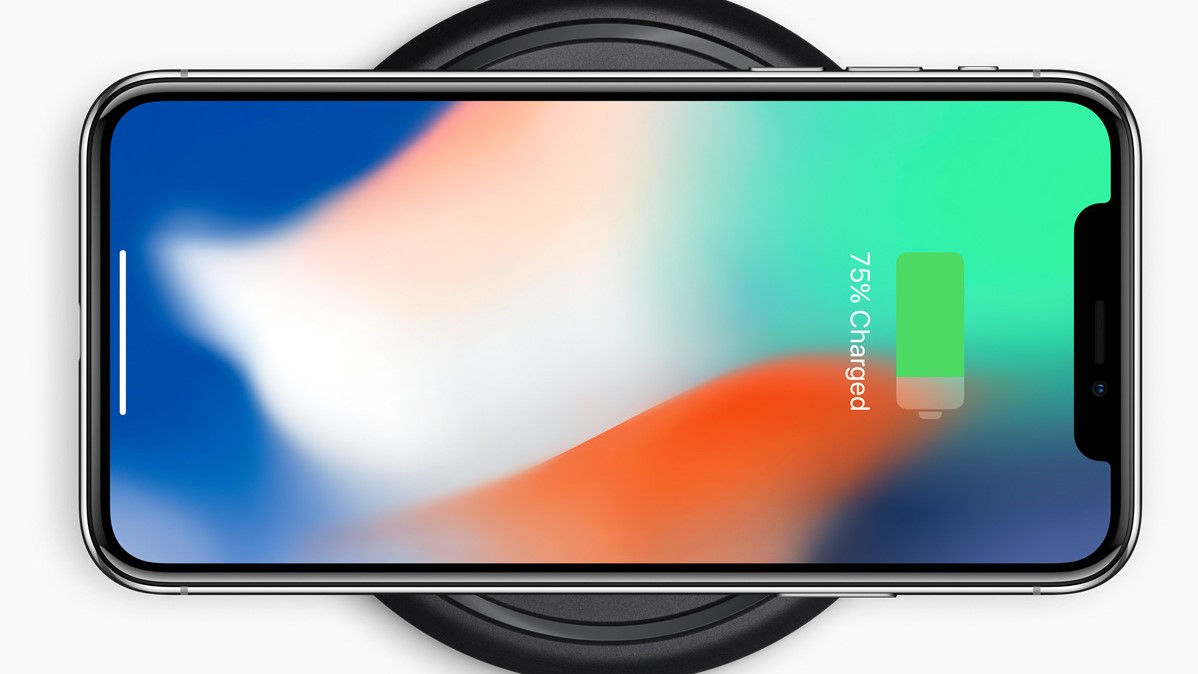
We mention that we were surprised the learning curve for the iPhone X gestures was unexpectedly short. “One of the things I find is that often with technology, it’s not the first try that tells you and informs you how it’ll be like to live with it, what it means to use it, how well you adapt to it; it’s the first time you set it up as your own. That’s when you really judge: what does this mean?
Get all the latest news, reviews, deals and buying guides on gorgeous tech, home and active products from the T3 experts
“Most people are comfortable with it within minutes – 30 minutes, whatever. It’s not the kind of thing you have to live with for a week or two to get used to. It doesn’t mean… you know, we’ve still got muscle memory sometimes and we might try to do something and we remember, ‘Oh no, that’s not how you do it’ - you want to swipe up on an iPhone 8 or 7, or on an iPad, and no, it doesn’t work that way. That, to me, is always the sign of some or our most advanced, best thought-out technology: they become intuitive incredibly quickly and change how you think about everything else you use.
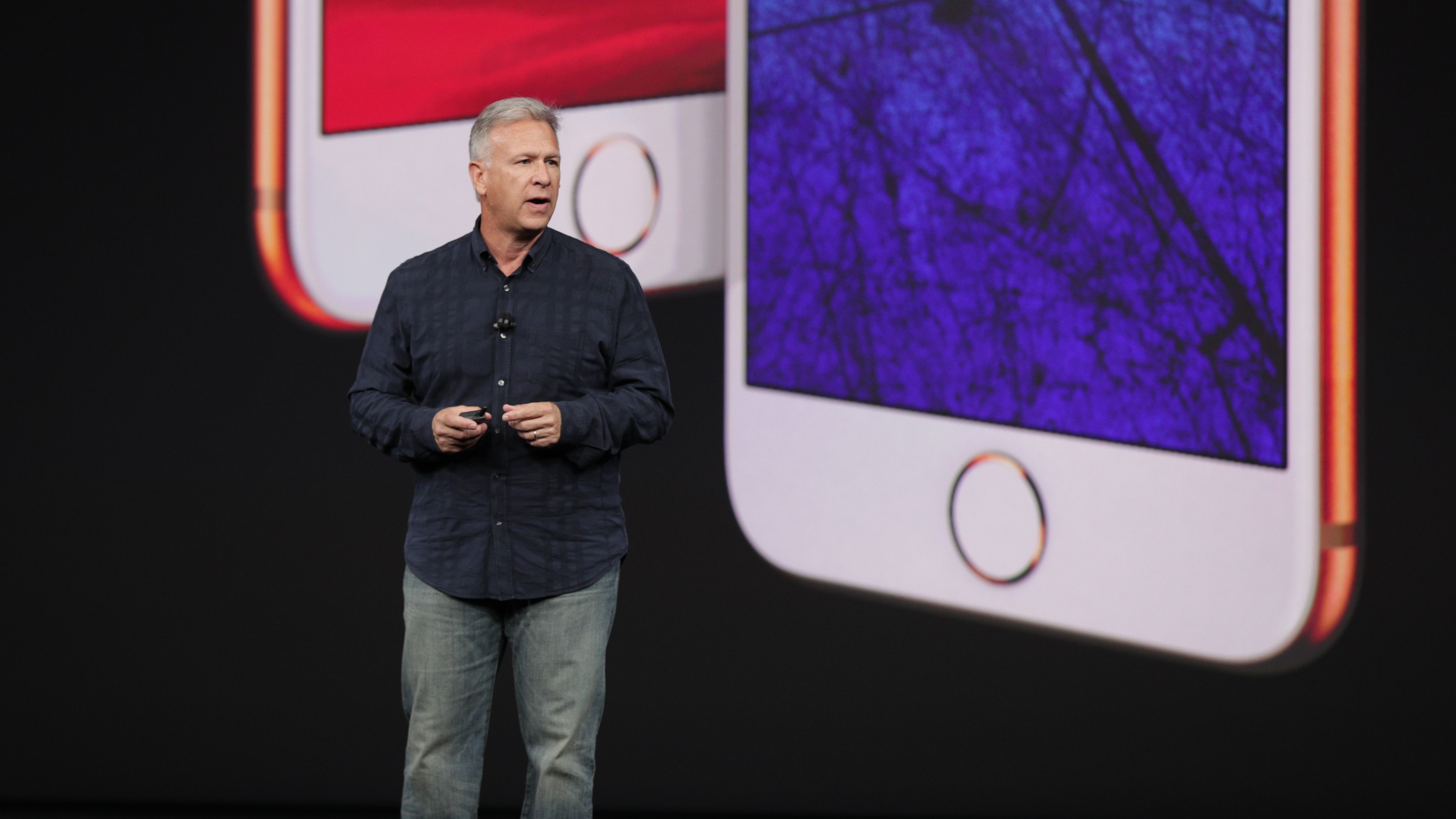
"We knew it was no small thing to decide to replace Touch ID"
Schiller acknowledges that Apple “knew what we had” with Touch ID and that it knew what it had created with the home button through the years. “We knew it was no small thing to decide to replace that.” He adds that Apple believed it could make something that people would love and would have bigger potential over time.
We say to Schiller that we’ve been surprised at how good Face ID is for Apple Pay. “Yes. That was on a long list of things we knew we had to deliver. The home button, at the beginning, really did one thing. Maybe two. It woke up your screen, and then it let you go to the home screen from any app. And then over the years, we’ve layered on many, many uses – the multitasking capabilities, evoking Siri, you being able to use it for Apple Pay, creating Touch ID for your fingerprint. So Face ID had a much harder job for its first version than the home button had for its first version.”
Apple notoriously doesn’t talk about products in advance (unless it’s the 2018 Mac Pro, when it did), but regardless we ask whether Face ID could appear in more Apple products beyond phones? “We try not to get ahead of ourselves,” says Schiller with the look of someone who may have been asked this question before. “While we have many plans throughout the year for many things, we also are realists in that we need to create something, and that we need to make it great, and that we need to study, and we need to learn… all the user cases all around the world from everybody in every situation, before we then imagine some of the other things we might do.”

"One of the great things Tim has done is to recognise the power of collaborative work at Apple"
We move on to talk about one of Apple’s strengths, the relationship between the hardware and the software and why that’s vital to Apple as a company. “It’s a very important thing. It’s something we think a lot about. It’s something that we have appreciated about the culture of Apple as a company, and something that we’ve actually worked to enhance.
"And one of the great things Tim has done is to recognise the power of collaborative work at Apple; he encourages us all to really take advantage of that; and to not only work together, but to imagine things in our products that would not be possible had it not been for that collaboration. And those then turn into strengths that, as customers, we all benefit from.
“That simple idea has extended to how you can walk up to your Mac, and it unlocks it from your Watch. It’s actually using very complex, speed-of-light calculations between the internet and your devices to understand proximity and privacy of whose device it is. So it’s very advanced technology, but a very simple benefit.”
“Products [like] AirPods and Pencil could not work were it not for hardware and software and chip teams and radio teams, all working together to make something happen. And I think the latest feature that’s the result of this collaboration is Face ID.”
“Other companies certainly have had the vision of 'can you unlock something with someone’s face?' but no one [has] actually delivered technology as advanced and capable and ubiquitous and consumer friendly as Face ID. And that is the direct result of this collaboration, and how these teams work for years together on a simple powerful idea with all that technology.

"The reality is it’s actually an incredibly complex product to make"
Our discussion progresses onto other products. We had on our list to talk about AirPods, but Schiller wants to talk in detail about them before we’ve had chance to ask. “So frequently, I talk to customers who say, ‘My favourite product Apple has ever made are AirPods.’ And that’s just a really nice thing to hear. I love when customers respond that one of their favourite product is something this simple, and yet so much work went into it.
“At the surface level, it’s an incredibly simple product. But the reality is it’s actually an incredibly complex product to make. Each AirPod really is its own computer, running software and hardware. And those two computers need to deliver this very clear experience that you want, and they have to work together, because we’re very attuned to synchronisation in audio as a species. And so it has to work the way you want.
One of our favourite features is just the idea that you take it out and the music stops – you put it back in and it keeps going again. “Again, that’s a simple idea, but took a lot of engineering to make it work quickly, reliably, for all of us in all different ear sizes and different situations. And they have to work with this iPhone that may be in your pocket or your bag, across your body. And as you know, our bodies are big bags of water, which are really bad for radio signals to get through.
“When we designed the AirPods, we were designing them partly with Apple Watch [Series 3] in mind. The idea that you can have, one day, a cellular experience on your watch [with] your AirPods.
One of the things Apple Watch excels at is fitness tracking, and we suggest we were impressed with how well the AirPods stay in when running with them, even if they’re not fitness headphones per se.
“We all went through the same learning curve, which is: we expect them to not stay in that great. We’re surprised when they do, and then you realise, 'I had no idea that the cables were having such an effect on how things stay in my ears.' and that when you remove the cable, there’s a bigger difference than we thought – both as a design team, the customers as we all use them; most of everybody goes through that realisation.”

"People don’t necessarily like the word 'replace' when they’re making these choices"
We move onto talk about the relationship between the Mac and iPad Pro. Is the iPad Pro really the PC replacement it was touted as? Or is it really a supplementary device to the Mac?
“What we’ve learned, truthfully, is that it’s both, and that depends on the user,” says Schiller. "For some people, iPad Pro is a replacement for their computer. Not that you throw away your computer. People don’t often do that.
"But that it becomes your primary computing device. The way you mostly hear about this is people say, 'I use a computer at my desk' or 'I use a notebook at my desk, but when I travel, I travel just with my iPad Pro'. It is so great in that situation.”
"So for those customers, the iPad has become their primary device, but they don’t think of it in their brains as competing with their previous computer. It’s just the computer they spend the most time with.
"And then there are other customers who augment their computer experience. They use their computer a lot, but they also use an iPad for a task that it is clearly far better for than their computer. I think that people love to watch movies and TV shows on their iPad more than they do on a computer. People like to read on their iPad better than on their computer.
"So depending on what those tasks are, for those customers they’re augmenting. And what we try to do is not tell the customer that either direction is the right or wrong way. It’s almost like they’re making a distinction between the two, even though the uses are overlapping, and one is replacing the other frequently.
"It’s an interesting thing. The words are important. People don’t necessarily like the word 'replace' when they’re making these choices. But in reality, they are spending more time on it."
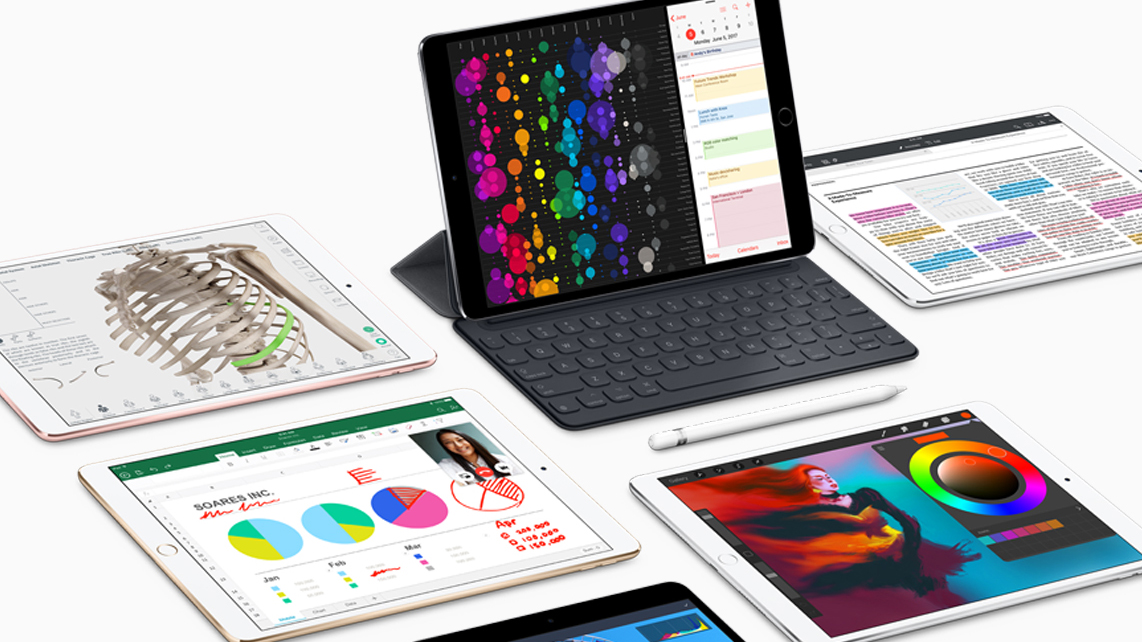
"They just like using it a lot"
Schiller is then keen to talk about a related product he’s especially proud of – Apple Pencil – and even returns to it after we ask another question.
“Pencil, after AirPods, is maybe be the second product that I hear customers say is their new favourite Apple thing. Again, it’s such a simple device. A simple, solid, clear, very focused purpose, and yet, the technology behind that is incredibly advanced and we’ve just seen a tremendous response to that from designers who work with it.
“I’m seeing more and more professionals and university students use it for note-taking and annotating documents, whatever, and really enjoying that experience.
"Now, is that a replacement for a computer? Is that an augmentation? I don’t know. Let them use whatever words they want. But they just like using it a lot. And so I think it’s not complete to talk about iPad Pro without also talking about Pencil.”
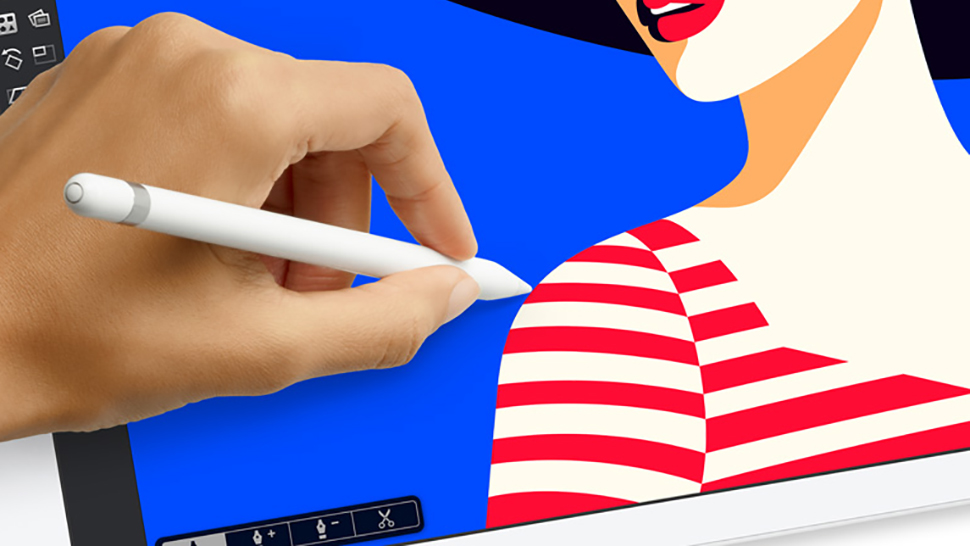
iMac Pro just "days away...nobody’s used it yet in the real world, and they’re about to, and what are we all going to learn?"
We move the conversation onto the Mac and ask why Apple has decided now is the time for the impending iMac Pro (aside from Surface Studio, of course). “First of all, we care deeply about our pro customers. Always have, always will. We love that so much is created on Mac.
"One of the things we’ve learned over the last few years is the depth of love and loyalty for macOS by our pro customers. And pro is a very large term. It encompasses many different people with different needs.
“What we find is, across all of our Mac products, we have a lot of pros on MacBook Pro; we have a lot of pros on iMac; and we have pros on Mac Pro. And so, a number of years ago, when we talked about where we need to move all our products forward for pros, we knew we needed to, along with MacBook Pro – and doing a new Mac pro – that there’s an iMac need there.
"This time, we decided to push it further. We asked our engineering teams, 'Can you make an iMac Pro that’s truly designed for pros?' It really, inside, is a different computer.
“So why now? Because this is how long it’s taken. It was a big, big project, and that’s just how things go. It takes this time. And we’re getting close to when it’s out there. It’s very soon. A matter of days now (UPDATE: looks like the iMac Pro release date is 14 December). And like all of our products, we have a lot of thoughts and feelings about it, but the truth will be: what do customers tell us? I can’t wait.
"This is always the most exciting moment. It truly is. A whole new product. Nobody’s used it yet in the real world, and they’re about to, and what are we all going to learn? That’s probably one of the most fun moments in any product launch that we have.
"Our goal is always not to be ‘most’ but to be ‘best’"
Talking about products that are coming soon, I ask about HomePod and the delay to the launch of the product which was originally slated for this month. Why the pause?
“It’s really very simple. It’s a brand new product. It’s a lot of engineering to make it be the product we’ve described, and for it to be what we all hope it can be.
"And I’m actually really proud that we’re a company that will take the time to do something right. Our goal is always not to be ‘most’ but to be ‘best’, and we set high standards. We often exceed those, but not always. And we need to be self-honest if something’s not ready, and continue to work on it until it is."
Schiller is also frank about AI-driven speakers being still very much a developing product category. “Nobody really knows how we all want to use these kinds of products.
"There might not be one product for everybody. And our [focus is] on having great sounding music wherever you place it in your room or your flat, or a great interaction with Siri for a music experience – we think that that’s a great [starting] point for a whole new kind of product in our lives.
“I think others have different perspectives on the things that they’re making, and we’re all going to learn together what we think.”

"We think it’s the most ubiquitous technology in front of us"
Originally the chat between myself and Schiller was to be around ARKit, current app developments and the future potential for it, so I asked about that as well and where Apple’s focus on AR might lead. “We’ve been talking about augmented reality for a while now – about a year or so.
"We did a lot of work, thinking about and understanding both VR and AR. We knew there is a place in the world for both technologies, but of the two, augmented reality is perhaps the greatest opportunity to change how we use technology and how we do many tasks in our lives.
“We think it’s the most ubiquitous technology in front of us; we’re at the beginning of this gigantic curve that’s going to happen. So this is pretty thrilling. We can probably talk for hours about what it could be, but the truth is, nobody knows. And that’s the fun of it.”
“We believe is that with the fullness of time, augmented reality has that opportunity to transform most of everything we do with technology. It helps how you visualise and work with products and technologies. [The IKEA Place app] is a great early example of how you can visualise furniture in your living room, not just something in a showroom.
"It’s the stuff of science-fiction. We’ve seen it in movies, and now we get to actually hold it in our hands. It’s very cool.
“The truth is, [AR games] began before we released ARKit, with Pokémon Go. That was a beginning form of augmented reality that was just with great universal appeal. Now with ARKit, they can make a much better version of it, and they’re hard at work at that. There’s just an endless list of things, but the truth is, it’s going to change more things than we can imagine right now.”
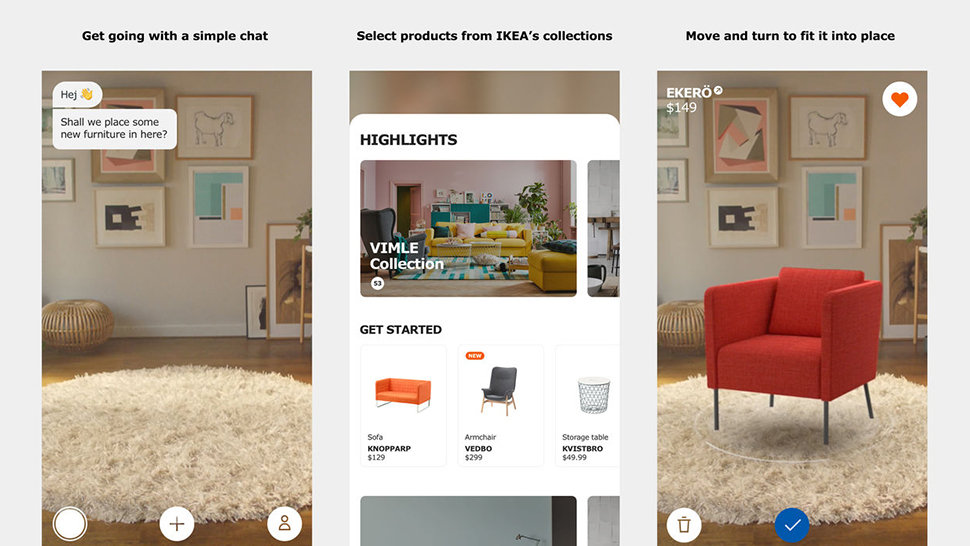
"I think everyone accepts we’re on a path here together as a world to get there"
I get to ask just one final question and chose to focus on HomeKit, which we’re now hearing more and more about. Obviously home automation has been talked about for a long time (Schiller acknowledges this with a smile), and a lot of the solutions haven’t been very elegant. Why is now the time for HomeKit?
“To do [this], takes time,” muses Schiller. It’s inevitable that we will walk into our homes and say something and the lights come on without having to search around for a light switch or ask for the heat to be turned down when it gets too hot or turn on your TV and watch a show. This isn’t in question. I think everyone accepts we’re on a path here together as a world to get there.
“We believe the correct way to do voice control is with an understanding of the user’s attention, not the user being trained to memorise commands. So for us, with Siri, that means we have to develop [its] knowledge so that developers can create the products – the light switches, the heating controls and the home security system and all that you need – without having to, themselves, create the artificial intelligence. That’s on us, as the platform creator, to do.
“All of that foundational work has been going on for more than a year now, and it now starts to result in more and more products that are coming to market to support that. And it’s the beginning of the first builders across Europe to start to build homes that have it in from the beginning for the buyer – which I think is a great sign of the progress that we’re making towards the goal that we all want.
“So yeah, we believe in HomeKit. We believe in building an intelligent home. That’s part of the ecosystem of our products, and it works together with them in an intuitive and safe way.”
And with that, our interview ends, we shake hands and we shuffle off. But Schiller has left us with one overriding feeling - this is a guy that's unbelievably passionate about the hardware and software that Apple creates.
Liked this? Then check out the History of the iPhone 2007-2017
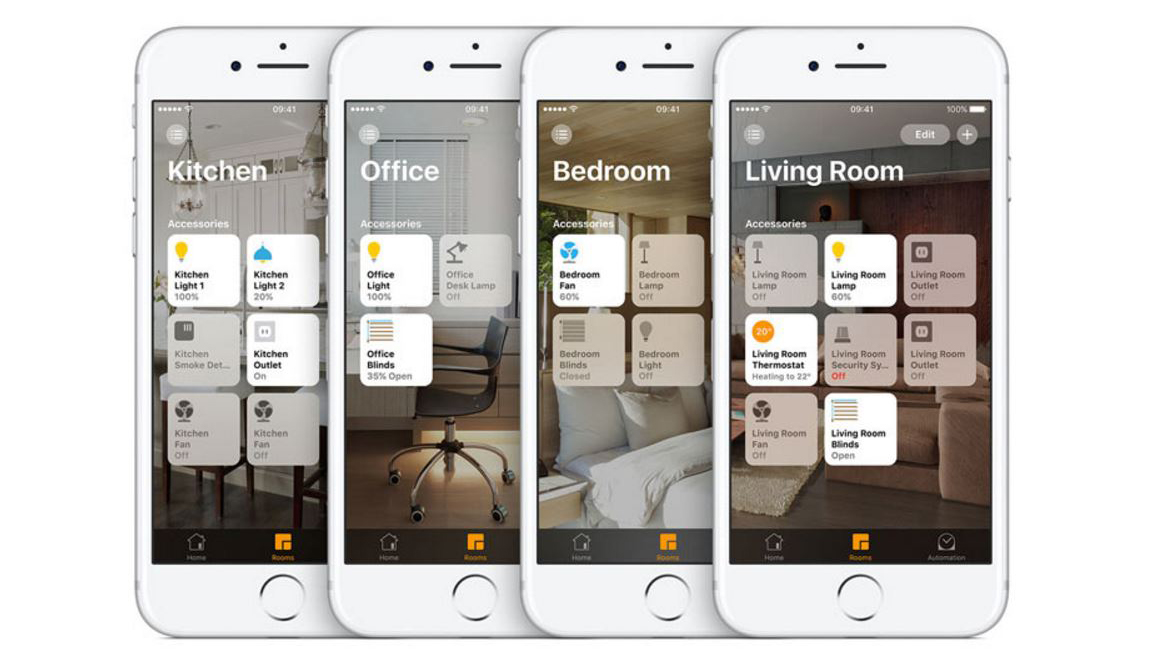

Dan is a previous Editor for T3.com and covered the latest in computing, home entertainment and mobile tech. He's also the former Deputy Editor of TechRadar and former Editor of Lifehacker UK. Dan has written for numerous computing and lifestyle magazines and has also written a book, too. You'll see him pop up in numerous places, having been quoted in or on The Sun, BBC World Service, BBC News Online, ITN News, BBC Radio 5Live, BBC Radio 4 and Sky News Radio.